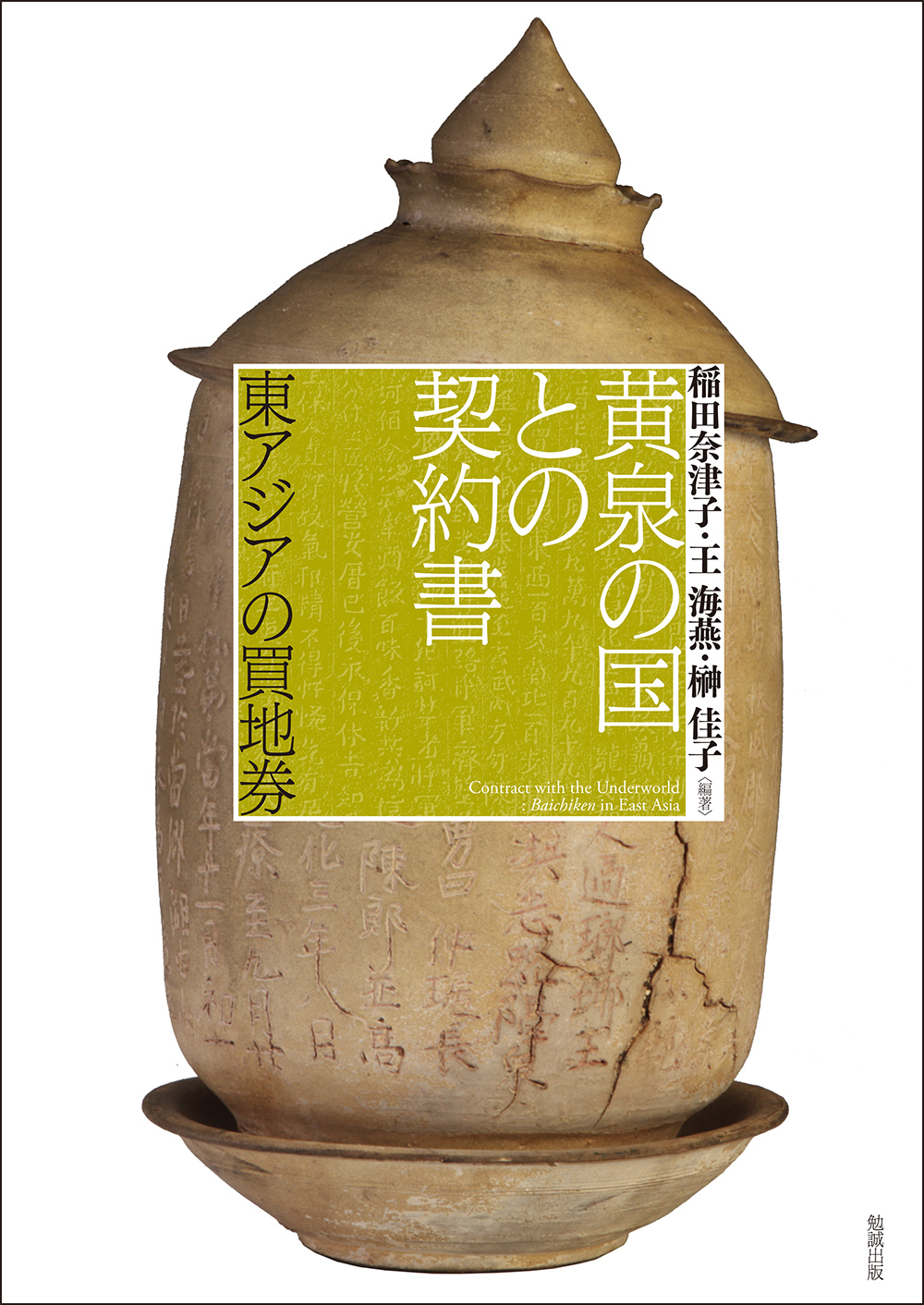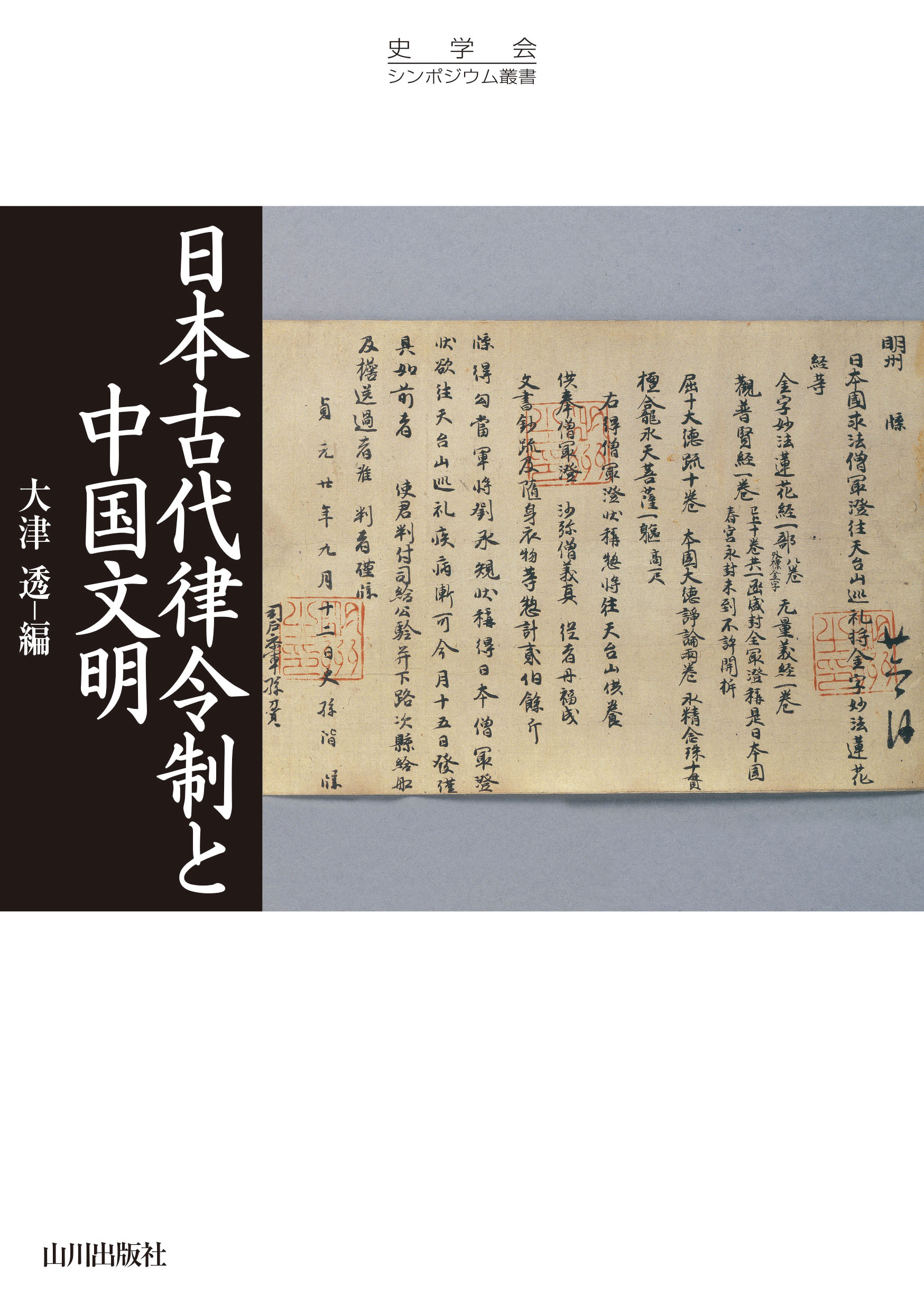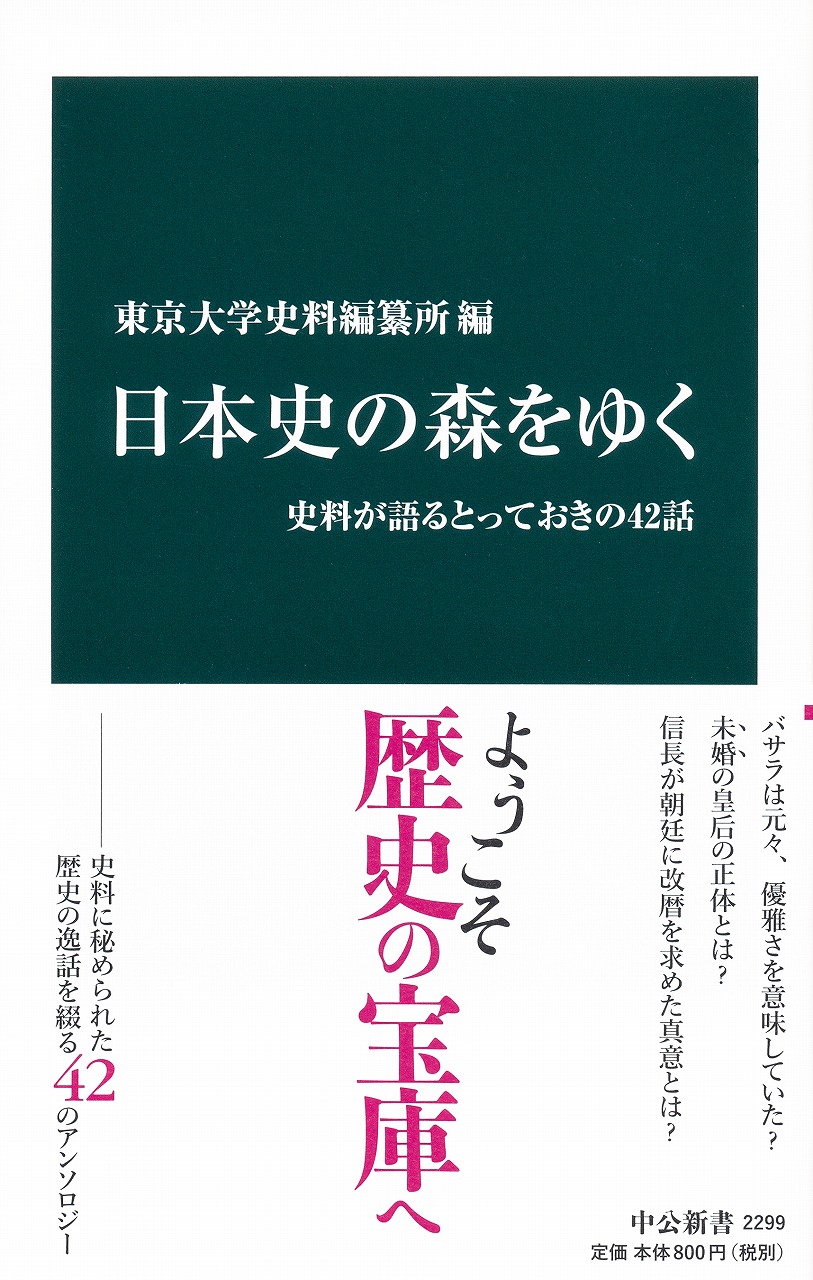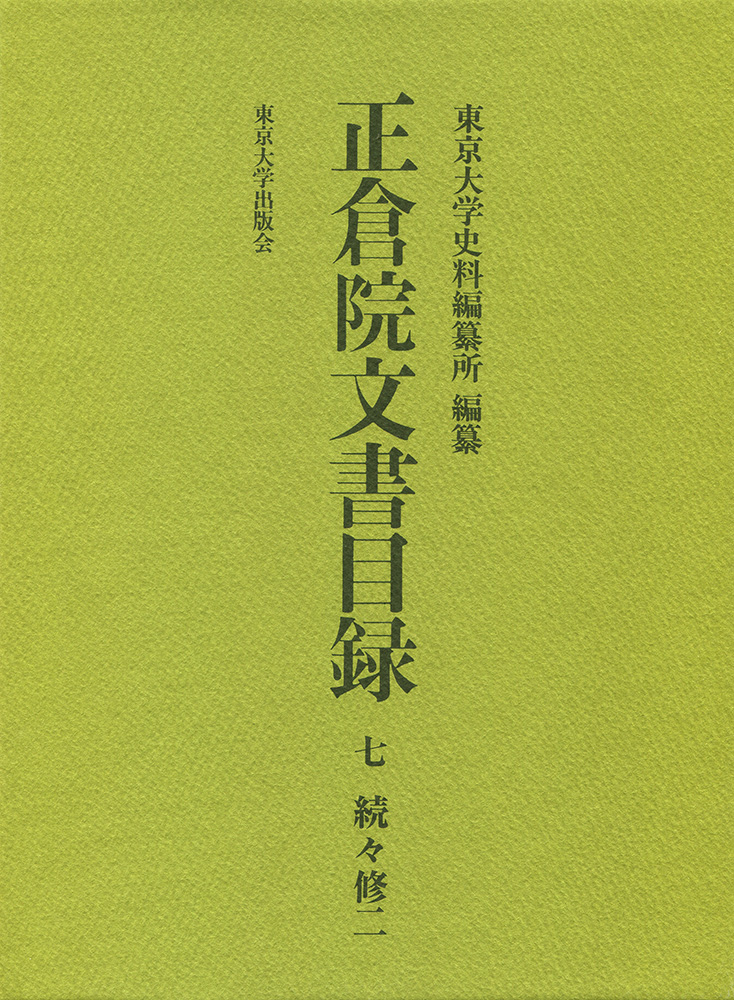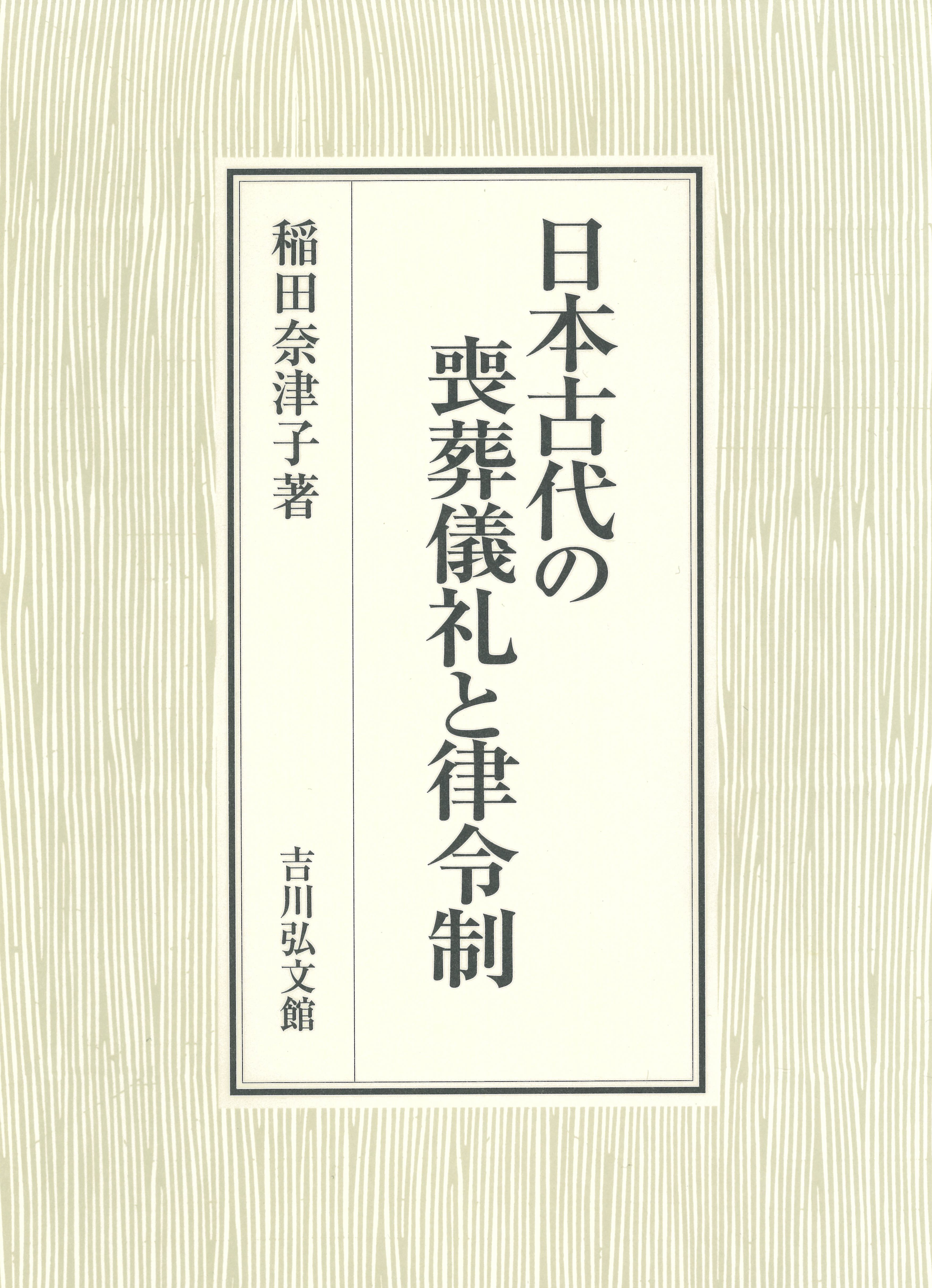
Title
Nihon kodai no sōsō girei to ritsuryōsei (Mourning and burial rites in ancient Japan and the ritsuryō system)
Size
280 pages, A5 format
Language
Japanese
Released
September 15, 2015
ISBN
978-4-642-04625-1
Published by
Yoshikawakobunkan
Book Info
See Book Availability at Library
Japanese Page
One is often compelled to do something that seems unreasonable or meaningless on the grounds that “it is a rite” or “it is a tradition.” This probably happens most often at funerals, weddings, and other ceremonial occasions. But when we actually take a look at the historical sources, we realize that there existed a world that was completely different from the “traditions” that we today picture in our minds, and that before “rites” came to be performed merely out of force of habit, they were each infused with certain ideas and wishes.
In this book, I focus on rites of mourning and burial in ancient Japan, that is, various rites associated with death, such as temporary sequestration of the corpse, condolence calls, funeral processions, burials, mourning, and memorial services. But few sources have survived down to the present day, and one first needs to reconstruct a picture of these rites on the basis of fragmentary leads. The most informative sources when doing so are in fact the state’s basic legal codes, known as ritsuryō.
Japan’s ritsuryō were produced on the basis of the legal codes (lüling) of the more advanced nation of Tang China, and these included “Statutes on Mourning and Burial,” which contained detailed rules about mourning and burial rites. Japanese lawmakers by and large adopted the rules of the Tang statutes as they were, but there also exist a few instances in which they added rules reflecting the distinctive character of Japan. By carefully comparing the statutes of Japan and the Tang, it becomes possible to reconstruct the character of Japan’s ritsuryō state as envisaged by its lawmakers. In part 1 of this book, I describe on the basis of this method the introduction of advanced Chinese rites and the building of a centralized hierarchy of rule headed by the emperor, which were twin aims of the ritsuryō state. In imitation of China, where a system of rites lay at the basis of state rule, in Japan, too, rites of mourning and burial were made to play an important role in state formation.
Whereas the articles of the Japanese legal codes, including those of the “Statutes on Mourning and Burial,” have survived almost in their entirety, the Tang statutes on which they were based have been lost. Therefore, efforts have continued to be made to gather together passages quoted in various works and thereby reconstruct the Tang statutes. But some years ago legal sources from the Northern Song were discovered in the form of the Tiansheng Statutes, and these have been attracting considerable attention on account of the fact that they have proved extremely useful for reconstructing the Tang statutes. In part 2, I discuss the possibilities of new research methods utilizing these newly discovered sources.
When someone dies, their family and other people associated with them enter a period of mourning during which they wear special clothes and exercise restraint in everyday life. Systematic mourning rules had existed in China since early times, but owing to the demands of real life they were observed in expedient ways and presented a quite complex picture. This naturally led to confusion in Japan when they were adopted together with the lüling system. In part 3, I point out the limitations of the effectiveness of the ritsuryō laws that were exposed in the midst of this confusion. Whereas mourning rules were originally based on Confucian thought, I also discuss how they became linked to Buddhist memorial services.
When one sees solemn rites such as the funeral of a member of the imperial family, one may imagine that these are distinctively Japanese rites that have been performed continuously since ancient times. But in actual fact rites are continually changing under external influences, as are the state and society. I will be delighted if the reader can gain an appreciation of such aspects too from this book.
(Written by INADA Natsuko, Assistant Professor, Historiographical Institute / 2017)



 Find a book
Find a book


 eBook
eBook